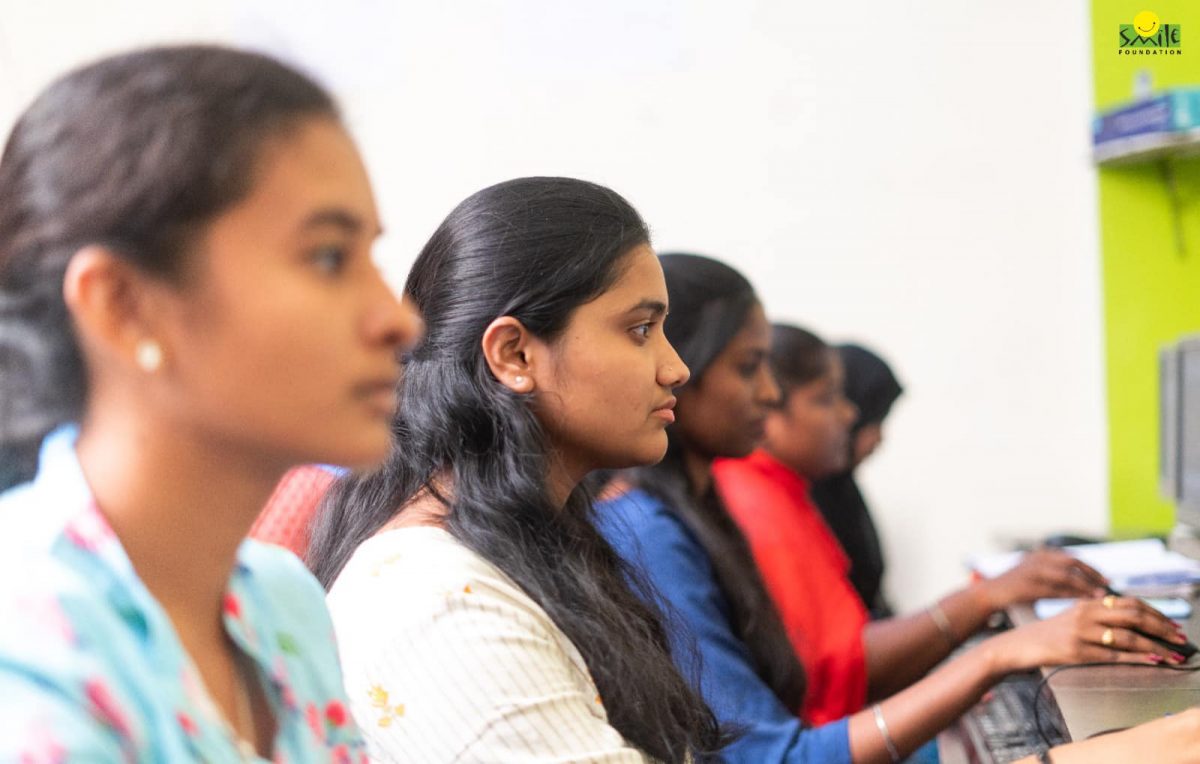India, home to the world’s largest youth population, stands at a critical juncture in its developmental trajectory. With over 600 million people under the age of 25, the potential for economic growth is immense. However, to truly harness this demographic dividend, India must focus on skilling its youth.
Skilling is not just about education but equipping individuals with the necessary abilities to thrive in a dynamic job market. So, how can India effectively tap into its demographic dividend?
The Importance of Skilling
Bridging the Skill Gap
One of the significant challenges India faces is the mismatch between the skills imparted by educational institutions and the demands of the job market. Traditional education often focuses on theoretical knowledge, leaving graduates ill-prepared for practical, real-world applications. Skilling programmes can bridge this gap by providing industry-specific training, thereby increasing employability.
Enhancing Economic Growth
Skilling has a direct impact on economic growth. A skilled workforce can drive productivity and innovation, leading to the creation of new industries and the expansion of existing ones. This, in turn, generates more jobs and boosts the economy. According to the National Skill Development Corporation (NSDC), India could potentially generate an additional 2% GDP growth by effectively skilling its workforce.
Strategies for Effective Skilling to reap Demographic Dividend in India
Vocational Training and Apprenticeships
Vocational training and apprenticeships provide hands-on experience and practical skills that are immediately applicable in the workplace. Countries like Germany have successfully implemented apprenticeship models, and India can learn from these examples. Encouraging industries to collaborate with vocational training institutes can ensure that the curriculum remains relevant and up-to-date.
Digital Literacy and Tech Skills
In today’s digital age, proficiency in technology is essential. Skilling programs must emphasise digital literacy, coding, and other tech skills. Initiatives like the “Digital India” campaign aim to enhance digital infrastructure, but there is a need to integrate digital skills training at the grassroots level. Programmes targeting rural areas, where digital penetration is still low, can have a transformative impact.
Soft Skills Development
Technical skills alone are not sufficient. Soft skills such as communication, teamwork and problem-solving are equally important. Skilling programmes should include modules on soft skills development to ensure holistic growth. This will help individuals navigate the complexities of the modern workplace and excel in their careers.
Government Initiatives and Their Impact
Skill India Mission
Launched in 2015, the Skill India Mission aims to train over 40 crore people by 2022. This initiative includes various programmes like Pradhan Mantri Kaushal Vikas Yojana (PMKVY) and the National Apprenticeship Promotion Scheme (NAPS). These programmes focus on short-term training, recognition of prior learning and promoting apprenticeships across different sectors.
National Skill Development Corporation (NSDC)
The NSDC plays a crucial role in skilling by funding and supporting various training partners and vocational training institutes. By collaborating with private sector partners, the NSDC ensures that skilling programmes are aligned with industry needs. The corporation also works on creating sector-specific skill councils to address the unique requirements of different industries.
Challenges and Solutions for making Demographic Dividend in India work
Quality and Accessibility
While the government has launched several skilling initiatives, ensuring the quality and accessibility of these programmes remains a challenge. There is a need to standardise training across institutes and ensure that rural and remote areas have equal access to skilling opportunities. Mobile training units and e-learning platforms can help reach underserved regions.
Industry Collaboration
For skilling programmes to be effective, active participation from industries is essential. Public-private partnerships can help design relevant curricula, provide internship opportunities and facilitate job placements. Encouraging industries to invest in employee training and upskilling can also ensure continuous learning and development.
Watch the story of Kusum Kumari who enroled in the skilling programme of Smile Foundation and is now doing comparatively well financially in her life now. For more information on our skilling and upskilling initiative, Smile Twin e-Lerning Programme (STeP), see this page and consider becoming a part of a cause that changes lives for the better.




